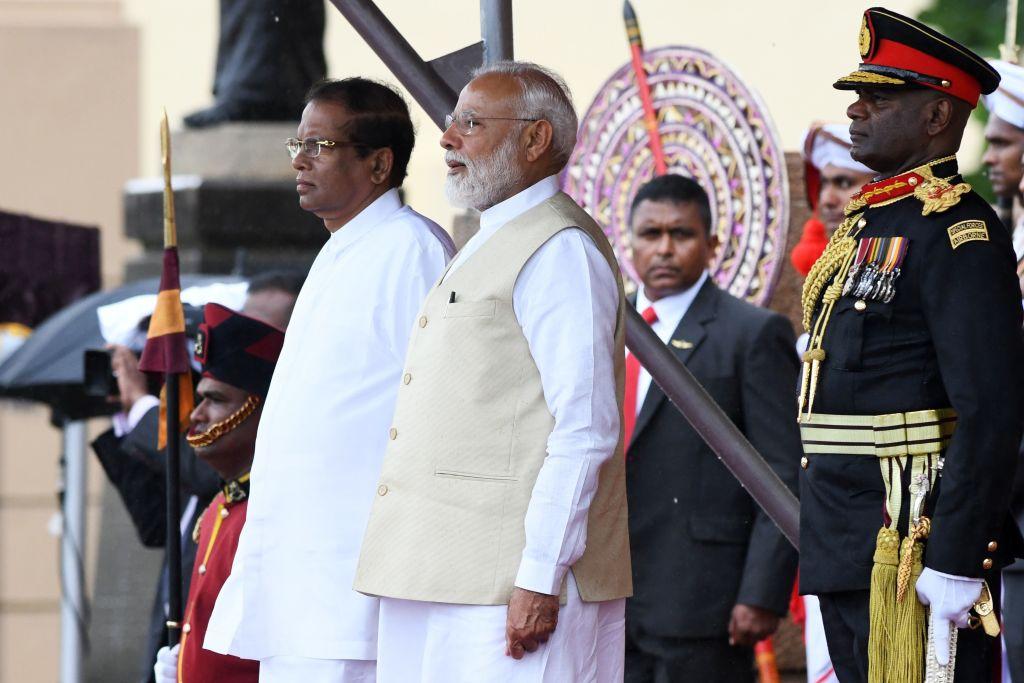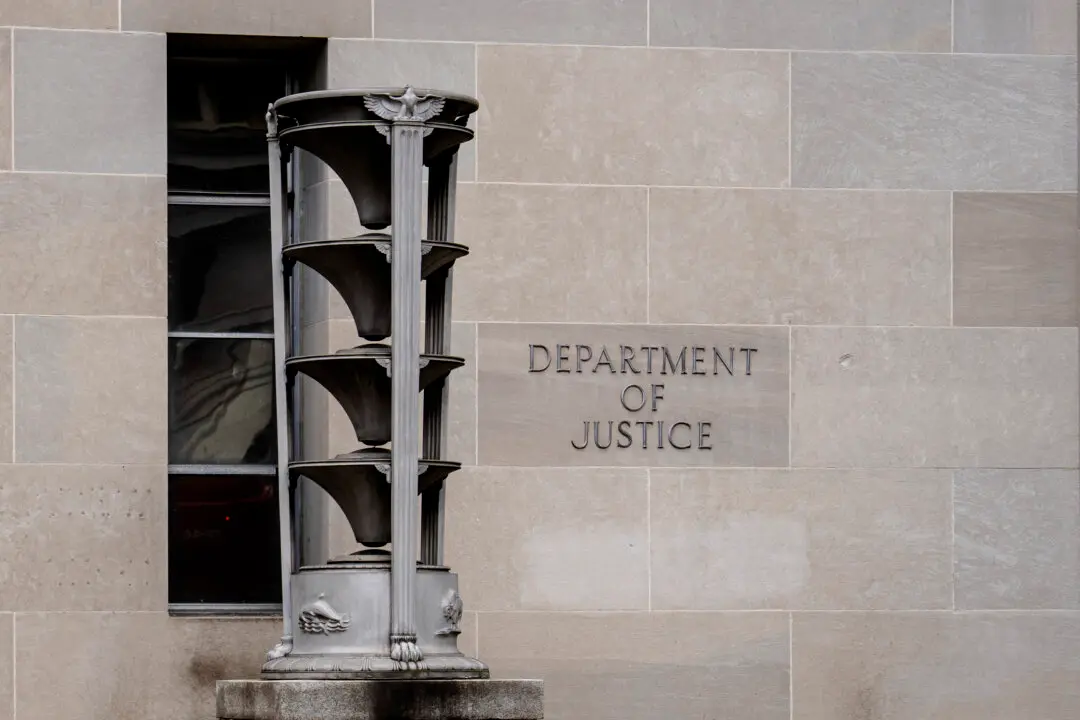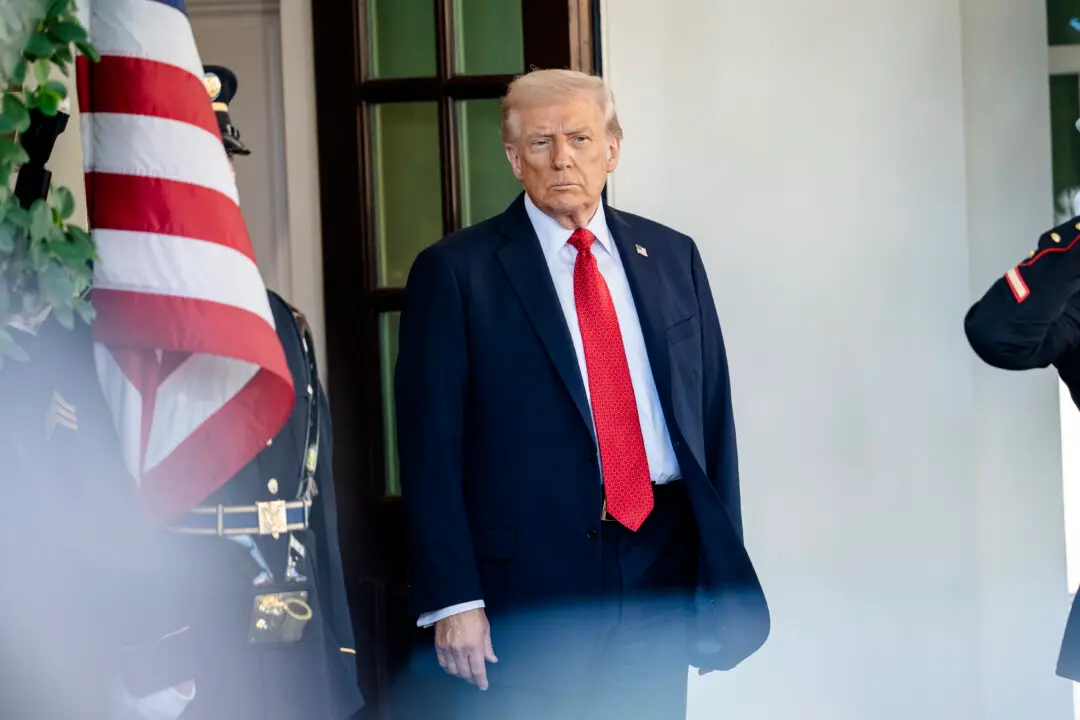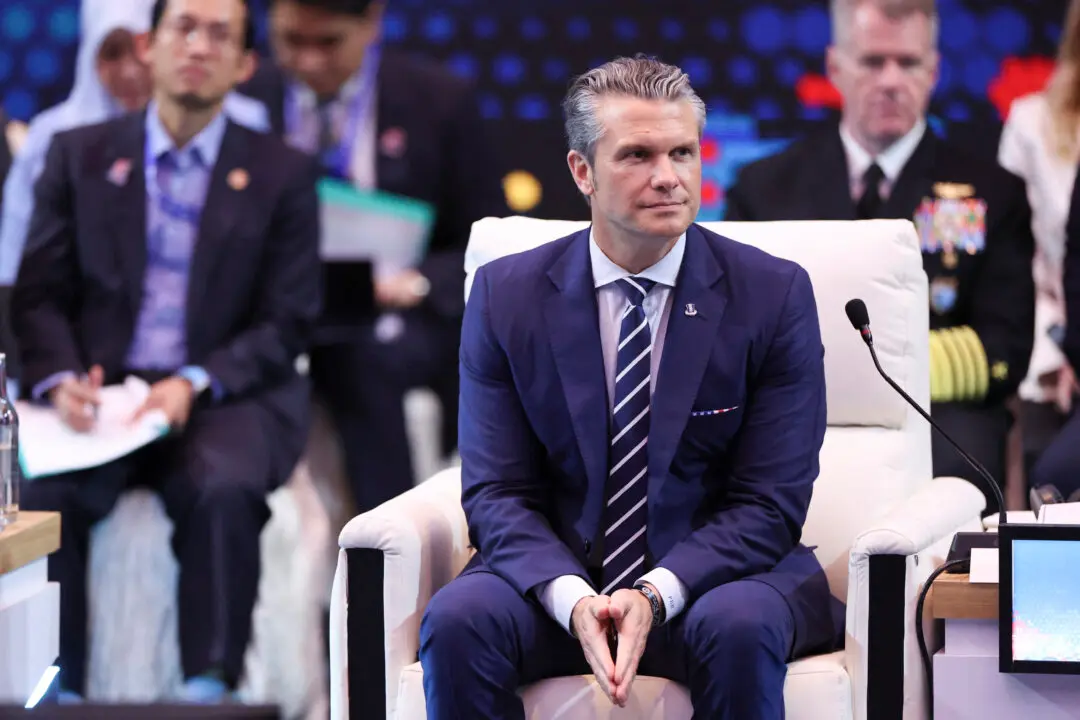Indian Prime Minister Narendra Modi recently concluded a visit to the neighboring countries of the Maldives and Sri Lanka, a two-nation tour widely seen as a counter to regional Chinese influence.
India is considered a key partner in the United States’ Indo-Pacific strategy, as outlined by a recent Pentagon report that notes how both countries share a “common outlook” in the region.





